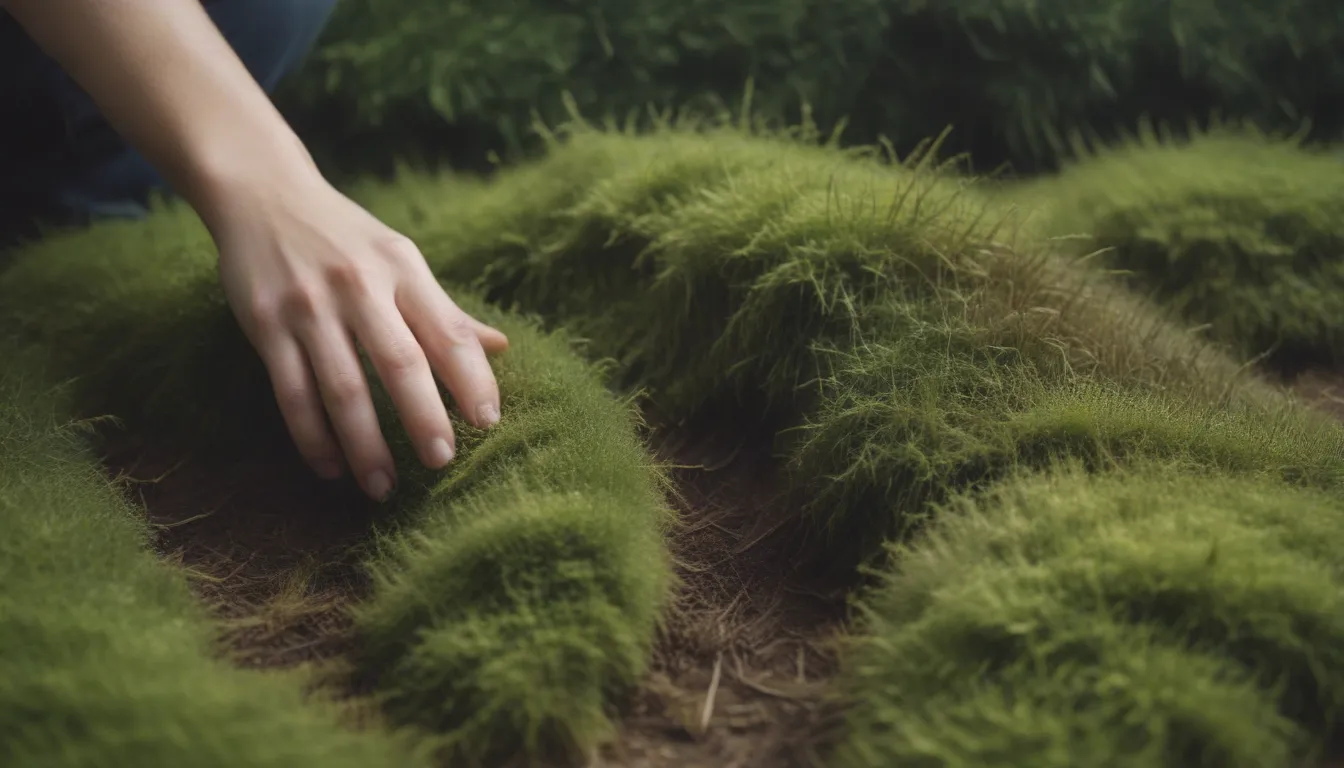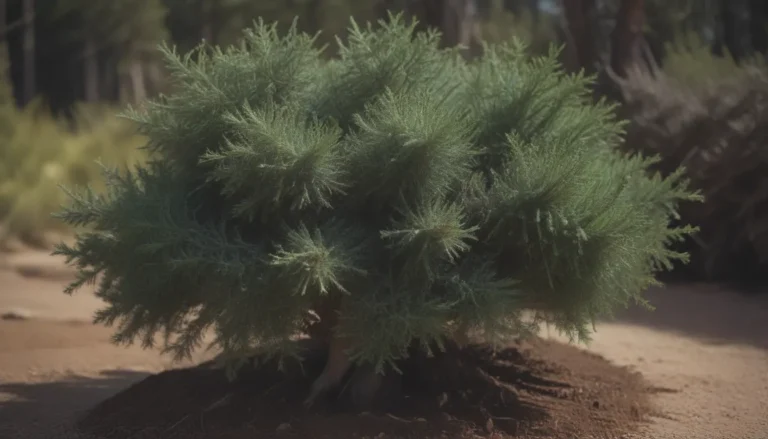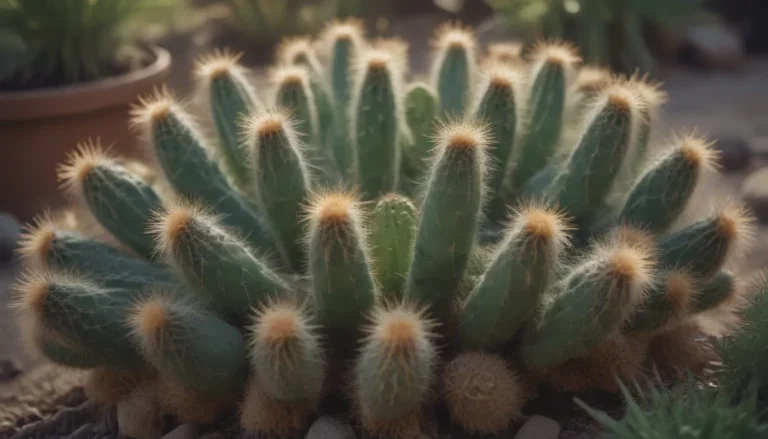The Ultimate Guide on How to Get Rid of Moss in Your Lawn

Are you tired of seeing moss invading your beautiful lawn? Have no fear, because we’ve got you covered with all the tips and tricks you need to banish that pesky green invader for good. Moss may not harm your grass, but it can certainly be an eyesore that detracts from the overall appeal of your lawn. With spring and summer right around the corner, now is the perfect time to take action and reclaim your turf from the clutches of moss. So grab your gardening gloves and let’s get started on transforming your lawn into a lush, moss-free oasis!
Why Moss Grows in Lawns
Before we delve into how to eradicate moss from your lawn, it’s important to understand why moss tends to thrive in certain environments. Moss can take hold in your lawn for a variety of reasons, including:
- Conditions that encourage moss growth typically discourage grass from flourishing.
- Poor soil quality, acidic pH levels, and inadequate sunlight can all contribute to the growth of moss.
- Excessive shade in certain areas of your lawn may create the perfect breeding ground for moss to take root.
In order to effectively get rid of moss in your lawn, it’s crucial to address the underlying factors that are allowing it to flourish. By correcting these conditions, you can prevent moss from making a comeback and ensure a healthy, vibrant lawn for years to come.
How to Get Rid of Moss in Your Lawn
When it comes to combating moss in your lawn, there are several methods you can employ to successfully eliminate this unwanted intruder. While some methods are natural and organic, others may involve the use of chemical treatments. Here are some effective strategies for getting rid of moss in your lawn:
Rake Your Lawn
- Use a bow rake or leaf rake to briskly rake out the moss from your lawn.
- Raking multiple times from different angles can help loosen the moss from the soil.
- This method works best when the soil is moist, making it easier to remove the moss.
Try an Organic Solution
- Mix baking soda with lukewarm water in a garden sprayer and spray the solution on moss patches.
- Alternatively, create a mixture of dish soap and water to kill moss effectively.
- Commercial horticultural soaps can also be used to eradicate moss from your lawn.
Spray With Chemical Moss Killer
- Opt for chemical moss killers such as iron sulfate and glyphosate for more stubborn moss infestations.
- Follow label directions for mixing and application to ensure safe and effective results.
- Use chemical moss killers as a spot treatment to avoid damaging your grass.
Remove Thatch and Aerate the Lawn
- Dethatch your lawn using a sharp-toothed rake or a power dethatcher to improve water drainage.
- Aerate your lawn annually to reduce soil compaction and improve air circulation.
- Adequate aeration can make your soil more conducive to grass growth and less hospitable to moss.
Evaluate Sun/Shade
- Address any excessive shade in your lawn by pruning trees or removing obstacles that block sunlight.
- Grasses typically require six hours of direct sunlight daily, so ensure your lawn receives adequate light.
- Consider the sunlight requirements of your grass species and make adjustments accordingly.
Check Your Soil
- Test your soil for pH levels and nutrient content to identify any underlying issues that may promote moss growth.
- Correct acidic soil conditions by following soil test recommendations for proper amendments.
- Drainage problems caused by high clay content can also be addressed through soil amendments.
Consider Drainage
- Improve drainage in your lawn to prevent water accumulation that can promote moss growth.
- Address soil compaction by aerating your lawn regularly and incorporating organic materials.
- If necessary, adjust the landscape to facilitate better water drainage and prevent moss infestations.
Plant Different Grass Species
- Introduce shade-tolerant grass species to areas that receive limited sunlight to outcompete moss.
- Consider replanting your lawn with new grass varieties that are better suited to your soil and light conditions.
- Follow recommended care practices for your new grass to ensure healthy growth and resistance to moss.
Tips for Keeping Your Lawn Moss-Free
Once you’ve successfully eliminated moss from your lawn, it’s essential to take proactive measures to prevent its return. Here are some tips for keeping your lawn moss-free:
- Address the root causes of moss growth by improving soil quality, sunlight exposure, and drainage.
- Grow new grass in bare patches to fill in areas where moss once thrived.
- Use soil amendments to enhance the overall health of your lawn and promote grass growth.
- Monitor drainage issues post-moss removal to prevent future moss infestations.
Remember, moss may not harm your grass directly, but it can be a sign that your lawn conditions are not optimal for healthy grass growth. By taking steps to correct these conditions and maintain a vigilant lawn care routine, you can enjoy a lush, vibrant lawn free of moss and other unwanted intruders.
So, gear up and get ready to reclaim your lawn from the clutches of moss! With the right techniques and a little elbow grease, you can transform your turf into a green paradise that will be the envy of the neighborhood. Happy gardening!





